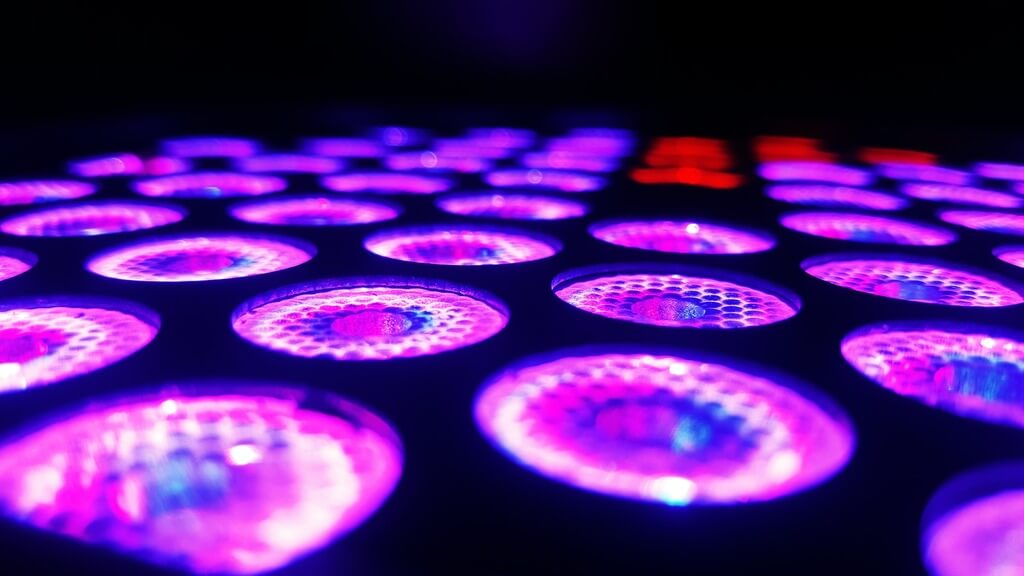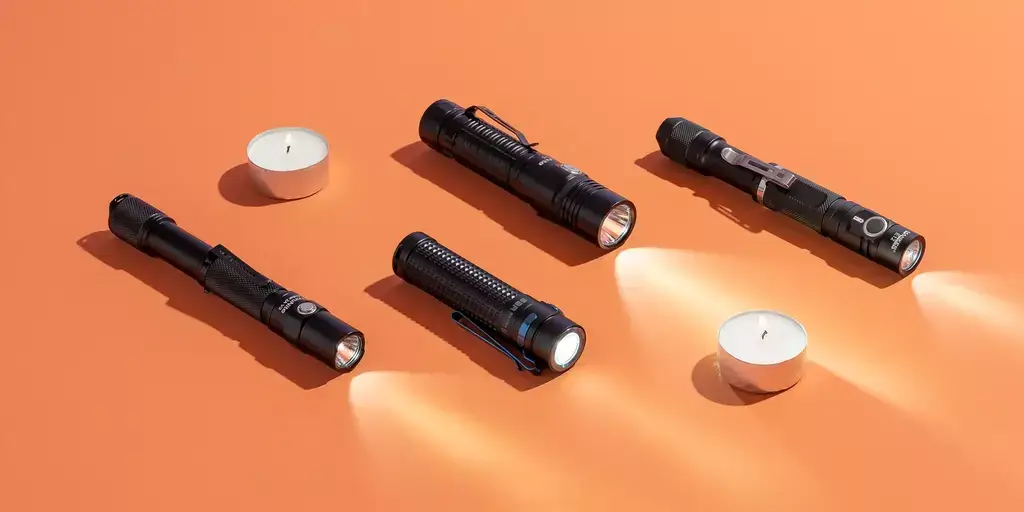Torches are essential tools for a wide range of activities, from outdoor adventures to emergency situations. However, understanding the performance of torches can be a daunting task due to the lack of standardized measurements. This is where the ANSI FL1 Standard comes into play. Developed by the American National Standards Institute (ANSI), the FL1 Standard provides a set of guidelines for measuring torch performance. In this article, we will delve into the key components of the ANSI FL1 Standard and unravel the technical guidelines, shedding light on the intricacies of torch performance evaluation.
Table of Contents
What is ANSI FL1 Standard?
The ANSI FL1 Standard was established to create a universal method for evaluating the performance of torches. Before its implementation, manufacturers used various methods to measure torch characteristics, making it challenging for consumers to compare different models accurately. With the introduction of the ANSI FL1 Standard, manufacturers now have a standardized approach to test and report torch performance consistently, enabling consumers to make informed decisions based on reliable data.
Key Components of ANSI FL1 Standard
To understand the ANSI FL1 Standard, it is essential to be familiar with its key components. The standard specifies six performance measurements that must be included on the packaging and marketing materials of torches. These measurements include light output, beam distance, peak beam intensity, run time, impact resistance, and water resistance.

Light Output refers to the amount of light emitted by the torch, measured in lumens.

Run Time is defined as the duration of time from the initial light output value (30 seconds after the device is turned on) until the light output reaches 10% of the initial value. Tested with fresh batteries

Beam Distance indicates the maximum distance at which the torch can illuminate a specific target, measured in meters.

Peak Beam Intensity measures the brightest point (Intensity) of the torch beam, expressed in Candela.

Impact Resistance measures in meters, from which the light can be dropped onto cured concrete and still function normally.
Water Resistance Rating has two icons based on the level of water protection (IPX4, IPX7 )

Water Resistance indicates IPX4 rating (Resistance to water sprayed from all angles).

Water Proof measured in meters. Indicates at least IPX7 Rating (Submerged to a depth of 1 meter for 30 minutes).
Understanding the Technical Guidelines
To ensure consistency in measuring torch performance, the ANSI FL1 Standard provides detailed technical guidelines.
- To measure Light Output, a fully charged torch is placed in a sphere, and the lumen value is recorded at 30 seconds and at 2 hours of operation. The average value of these two measurements is considered the rated light output.
- For Beam Distance, the measurement is taken when the light beam reaches an intensity of 0.25 lux(Equivalent to light emitted from a 🌕full moon).
- Peak Beam Intensity is determined by measuring the brightest point of the beam within 30 seconds of turning on the torch.
- The Run Time is measured by checking the duration until the light output drops to 10% of the rated value.
- Impact Resistance is evaluated by dropping the torch onto a concrete surface from a height of at least 1 meter, torches should not have any cracks or breaks and need to be fully functional.
- Water Resistance (IPX4) is assessed by spraying the torch with water from all angles and is only performed after Impact resistance testing.
- Water Resistance (IPX7) is assessed by submerging the torch in water at a depth of 1 meter for 30 minutes and is only performed after the Impact Resistance test.
Thanks to the ANSI FL1 Standard, consumers can now make more informed choices when it comes to selecting torches that meet their specific needs. The standard ensures that manufacturers adhere to a consistent set of guidelines, allowing for accurate comparison and evaluation of torch performance. Armed with an understanding of the key components and technical guidelines of the ANSI FL1 Standard, consumers can confidently assess the performance of torches and choose the one that best suits their requirements.



